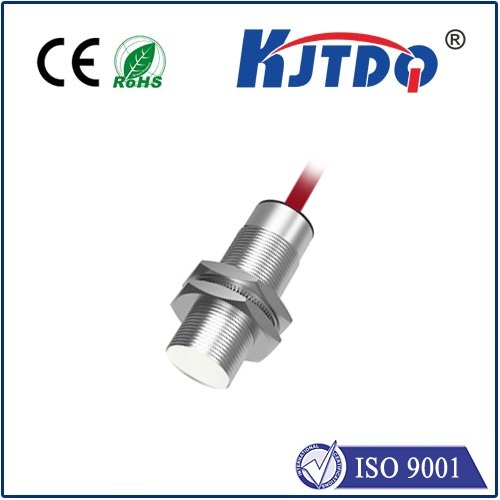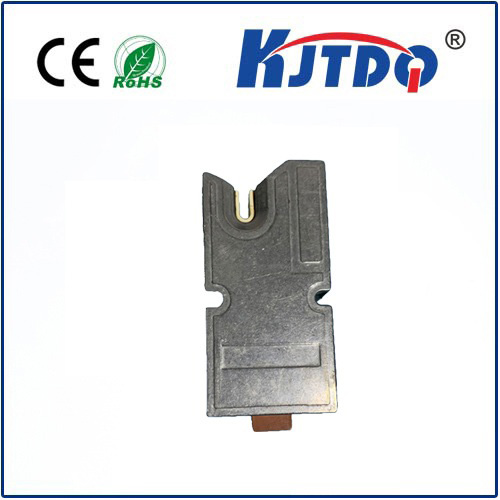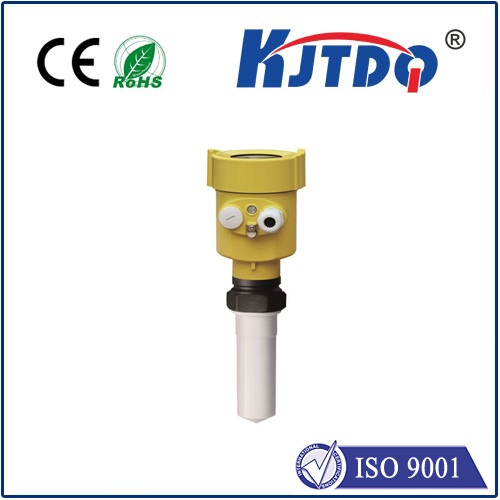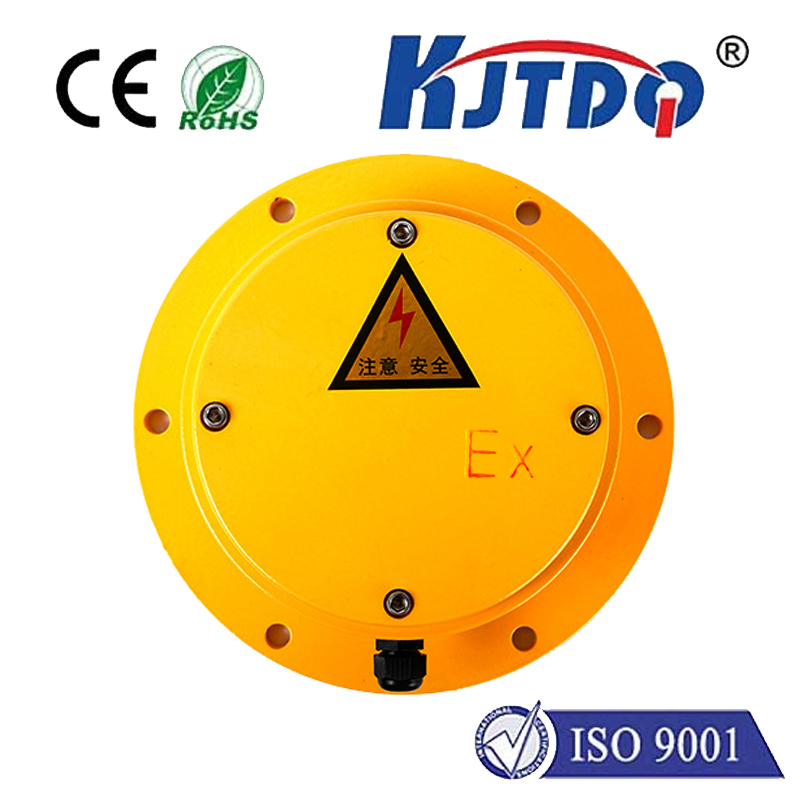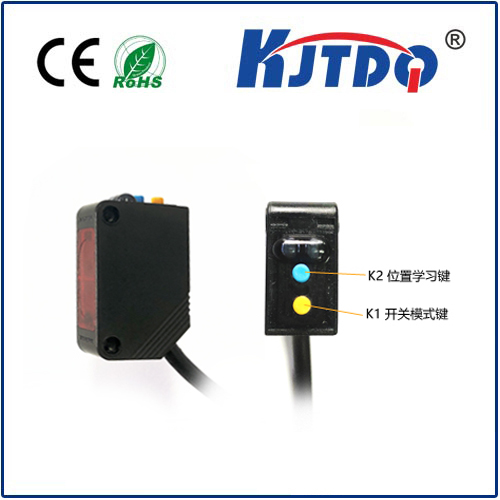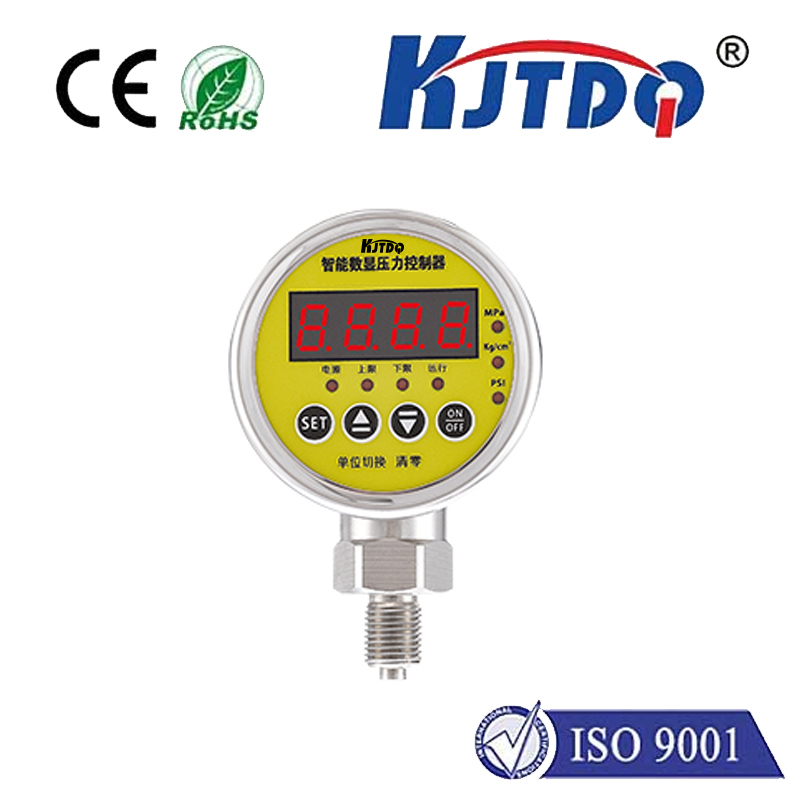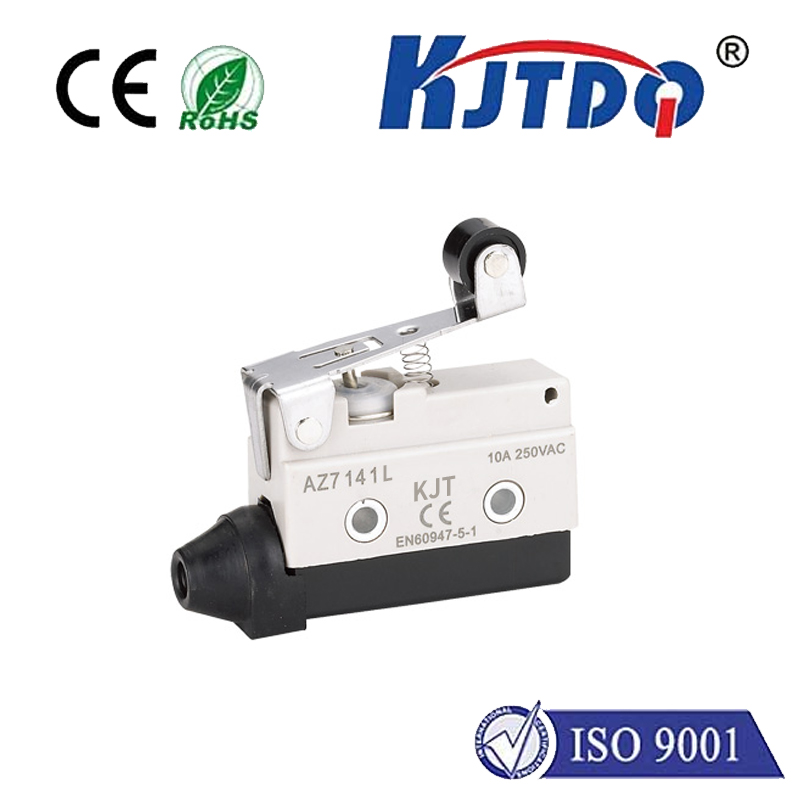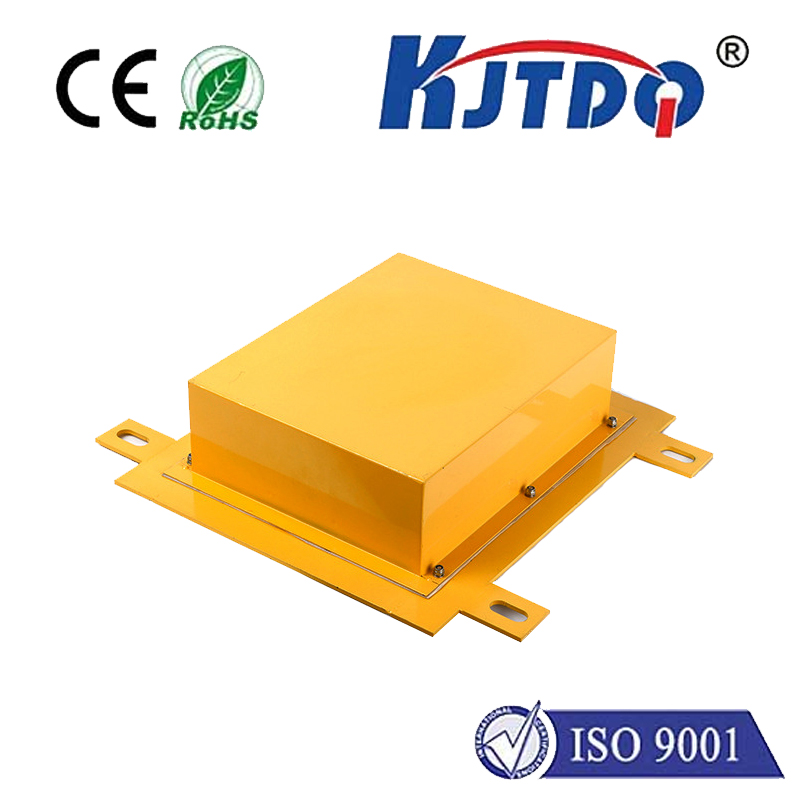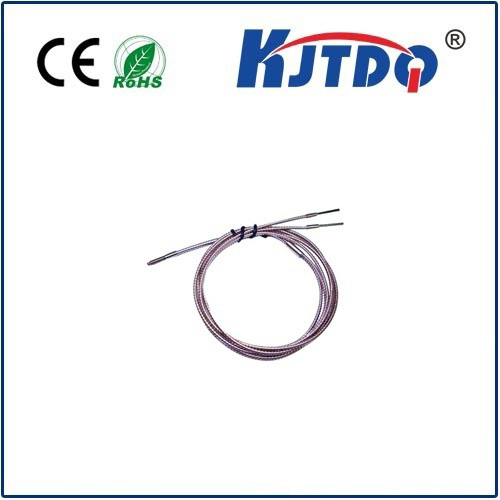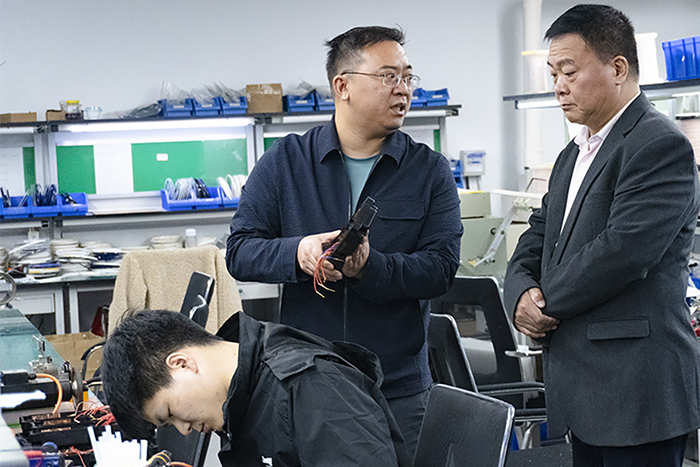
check

check

check

check
In the ever-evolving world of technology, innovations in sensor technology have been nothing short of revolutionary. Among these advancements, low power proximity sensors stand out as a game-changer, promising to transform how we interact with our environment. Whether you’re an engineer designing the next big thing or a consumer looking for energy-efficient devices, understanding the potential and applications of low power proximity sensors is essential. Let’s delve into what makes these sensors so significant.
A low power proximity sensor is a device designed to detect the presence or absence of an object within a specific range without physical contact. These sensors operate on minimal power, making them ideal for battery-operated devices and applications where energy conservation is crucial. They utilize various detection methods such as infrared (IR), capacitive, or ultrasonic technologies to sense the proximity of objects. The hallmarks of low power proximity sensors include:
Energy Efficiency: Designed to consume very little power, extending the lifespan of battery-powered devices.
Precision: Capable of detecting minute changes in proximity, offering precise and accurate readings.

Compact Size: Often small enough to be integrated into compact designs without taking up much space.
Versatility: Suitable for a wide range of applications from automotive safety systems to home automation.
The versatility of low power proximity sensors opens up a multitude of applications across different sectors: Automotive Industry: In vehicles, these sensors are used for parking assistance, collision avoidance, and adaptive cruise control systems. Their ability to function with minimal power ensures that they do not drain the vehicle’s battery unnecessarily. Consumer Electronics: Smartphones, wearables, and smart home devices often incorporate low power proximity sensors for features like auto screen dimming when the device is held close to the ear, or for touchless control mechanisms. Industrial Automation: In manufacturing and logistics, these sensors help in monitoring machinery and ensuring safe operational distances, reducing the risk of accidents and improving efficiency. Healthcare: Wearable health monitors and smart prosthetics utilize these sensors to provide seamless functionality while maintaining long battery life.
Low power proximity sensors hold several advantages over traditional sensors:
Battery Life Extension: By consuming less power, these sensors help extend the operational life of battery-dependent devices.
Reduced Heat Output: Less power consumption translates to reduced heat generation, which is particularly important in sensitive electronic applications.
Cost Efficiency: While advanced, these sensors are cost-effective due to their minimal power requirements and long-life performance.
Environmental Impact: Lower power usage contributes to energy conservation efforts, aligning with global sustainability goals.
The future looks bright for low power proximity sensors with continuous advancements aimed at further minimizing power consumption and enhancing detection capabilities. Emerging trends include:
